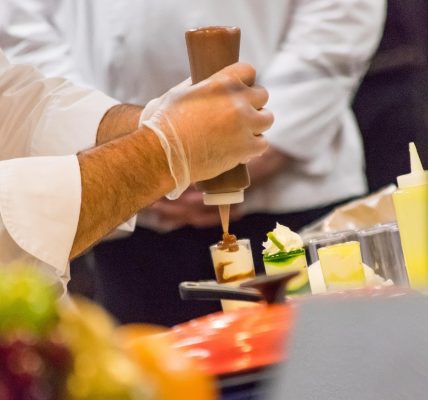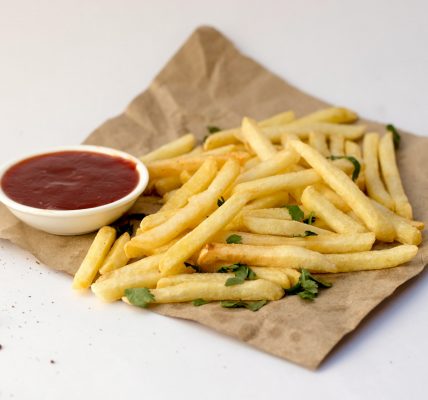The landscape of online food ordering in Indonesia is undergoing a notable transformation. According to a recent study by Jakpat, food delivery orders via mobile apps have dropped by nearly half in early 2025 compared to the same period in 2022.
“This decline points to a significant shift in consumer behavior since 2022,” said Farida Hasna, Lead Researcher at Jakpat, on Tuesday (April 15). She explained that this change reflects an evolving public mindset when it comes to accessing meals — a stark contrast to the surge in demand seen during the height of the pandemic.
Despite the overall drop in usage, the timing of food orders has remained largely consistent. Jakpat’s data reveals that weekends continue to see higher activity, both during lunch (20%) and dinner (21%), compared to weekdays, which logged 16% for lunch and 18% for dinner. “We’re still seeing a steady pattern year over year when it comes to ordering times,” Hasna noted.
The survey, conducted earlier this year, gathered responses from 1,343 participants to analyze their food delivery app usage. The findings showed that snacks are the most frequently ordered items (49%), followed by drinks (33%) and breakfast (31%). Interestingly, only 20% of respondents reported regularly ordering full meals for lunch or dinner.
Promotions and discounts remain the top reason users choose to order through apps. Over half of the respondents (55%) cited special offers as their main motivation. Generational preferences also play a key role: 56% of Millennials said they prefer delivery to avoid going out, while more than 50% of Gen X respondents stated that they use apps to skip waiting in lines.
The study also explored consumer habits in app navigation. Around 57% of users said they always check for available discounts before placing an order. Gender-based differences also emerged: male users are more likely to browse food options based on location, while female users tend to search directly for specific dishes.
When it comes to choosing a food delivery app, 65% of respondents ranked discounts and special deals as their top deciding factor. Meanwhile, 50% considered cheaper prices compared to other platforms, and another 50% remained loyal to specific app brands.
Overall, the data indicates that while general usage of food delivery apps is decreasing, convenience, promotional offers, and user experience continue to play a crucial role in retaining customers and maintaining market share in Indonesia’s online food ordering sector.




